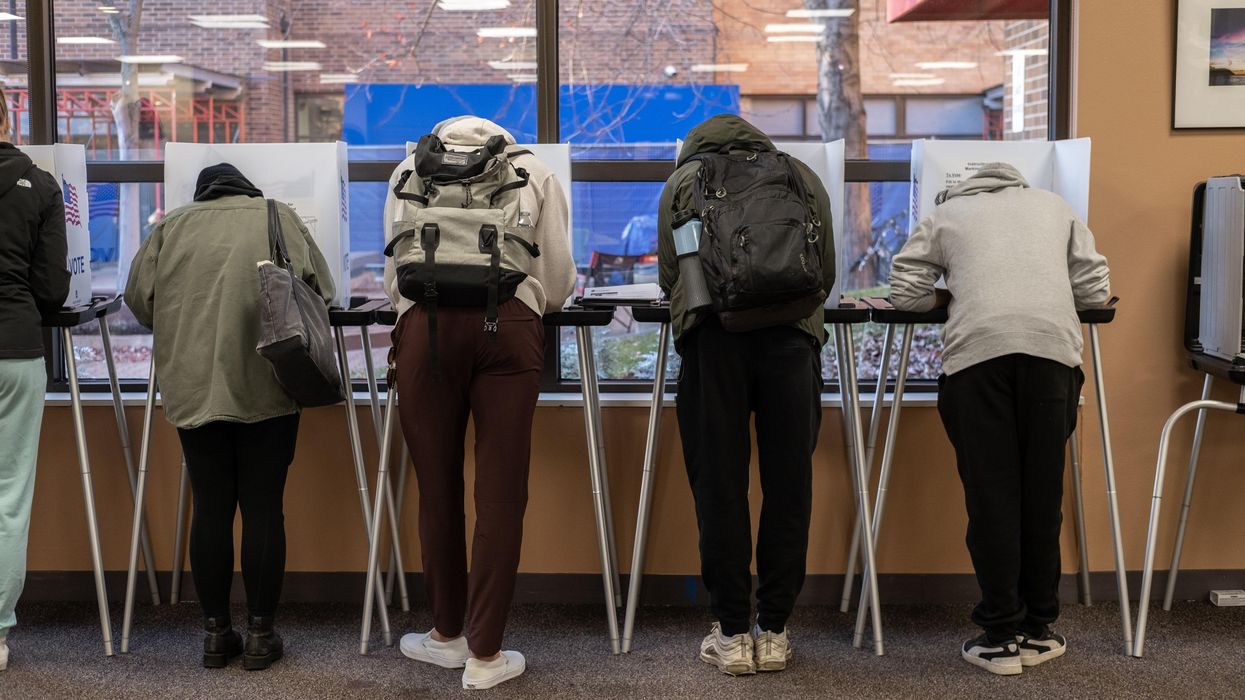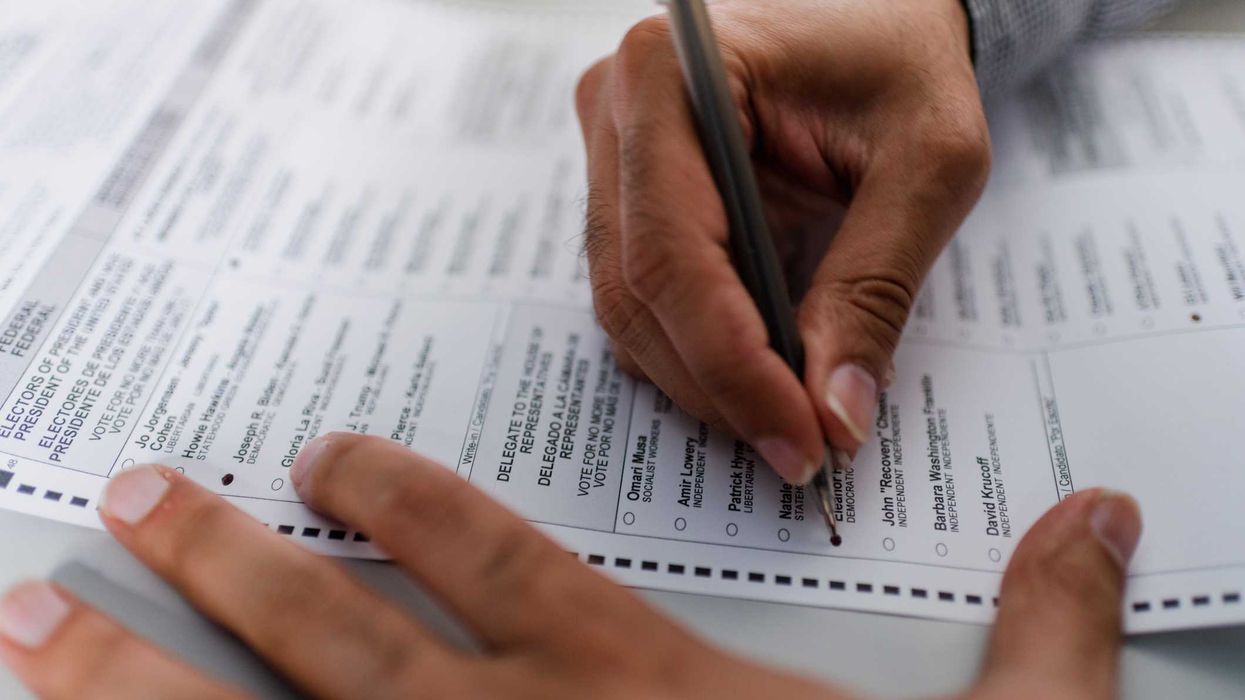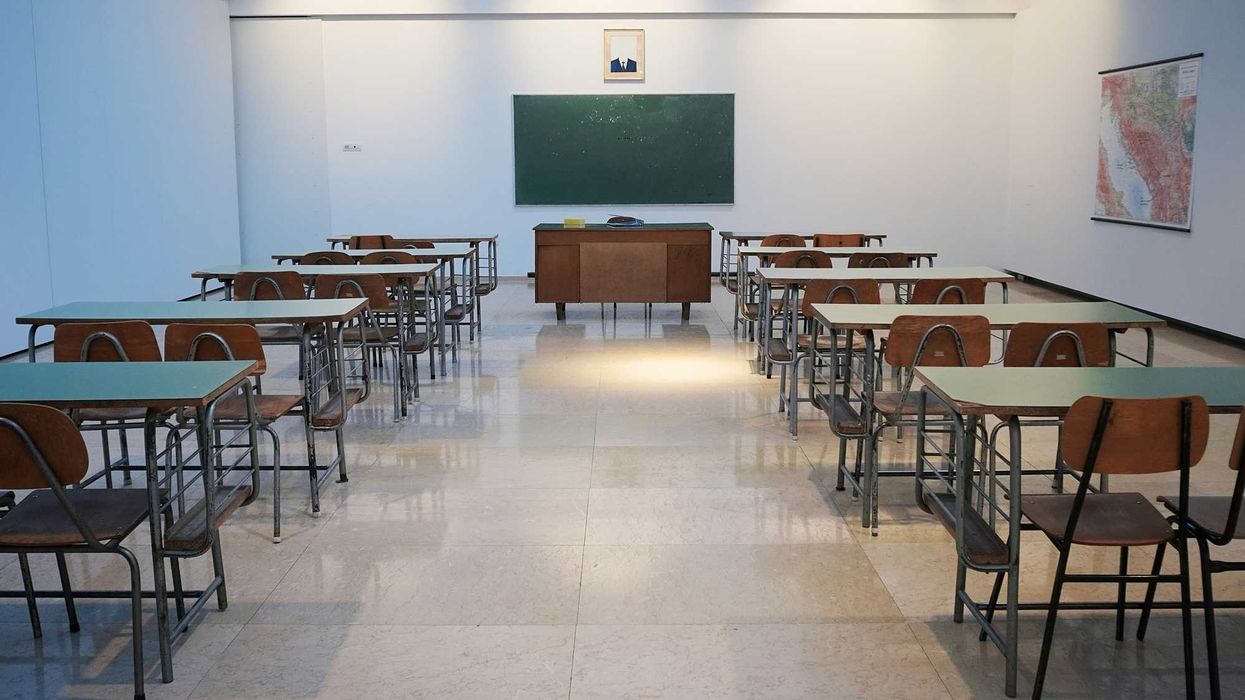Four years ago, when the nation headed to the polls in the middle of Donald Trump’s divisive term as president, half of eligible voters cast a ballot. Last week, preliminary data shows overall turnout was down a few percentage points. But some states saw an increase in voter participation.
According to preliminary data collected by the U.S. Election Project, three states reached 60 percent turnout in 2022: Minnesota (60.6), Maine (60.9) and Wisconsin (60.2). While none of the three are pure vote-by-mail states, each offers no-excuse absentee voting; both Minnesota and Wisconsin featured competitive races at the top of their ballots.
The top 10 states also included three vote-by-mail states and the only two that use ranked-choice voting for state and federal elections.
The U.S. Election Project estimates overall turnout at 46.9 percent, down from 50 percent four years ago.
“A slightly lower turnout in 2022 relative to 2018 is still quite high relative to recent history (where turnout was low 40s or high 30s) so it may well be this year is just a slight downturn in an overall trend toward greater participation,” said Kevin Johnson, executive director of the Election Reformers Network.
In addition to Maine, RCV is used in Alaska, which debuted its new election system this year. The Last Frontier was sixth in preliminary turnout at 57.0 percent. The three vote-by-mail states with the highest turnout were Colorado, Oregon and Vermont, which both exceeded 55 percent. Oregon also had a competitive race for governor.
Not every state that runs mail-in elections ranked highly in turnout. Hawaii had one of the lowest rates at 41.1 percent. Even Utah, which had a high-profile Senate race, only reached 45.4 percent. Republican incumbent Mike Lee ended up winning reelection by a wide margin, but independent challenger Evan McMullin had drawn a lot of attention to the race.
“At the end of the day, local race intensity matters a lot and can swamp voting methodology,” said Gerry Langeler, director research for the National Vote at Home Institute. “States where there just wasn’t very much intensity, turnout was lower than historical rates for those states, both [vote at home] and not.”
For example, Langeler pointed to Michigan, which is not a full vote-by-mail state but where 40 percent of the votes were cast via mailed-out ballots, and Maine, which (prior to this election) instituted a permanent vote-by-mail list for people 65 and older.
He also noted that Wisconsin saw a huge jump in voting by mail. Increasing its mailed ballot from 168,000 in 2018 to 812,000 in 2022.
Pennsylvania, which featured a pair of high-profile statewide races, had the biggest increase in turnout compared to 2018. The Senate and governor’s races, where Democrats defeated Trump-backed candidates, were among the most covered contests in the country. Turnout was up 3.3 points over 2018.
Ten other states saw a small increase, according to preliminary data, including four that exceeded 2 percentage points: Arkansas (2.3), Arizona (2.2) and Alaska (2.2) and New Hampshire (2.1).
Arizona was home to competitive races for senator and governor, while Alaska had tight races for the Senate and its at-large House seat. New Hampshire also had a competitive Senate contest.
Four states saw a double-digit decrease in turnout compared to 2018: North Dakota (14.5 points), New Jersey (12.0), Tennessee (11.2) and Virginia (10.7.)



















